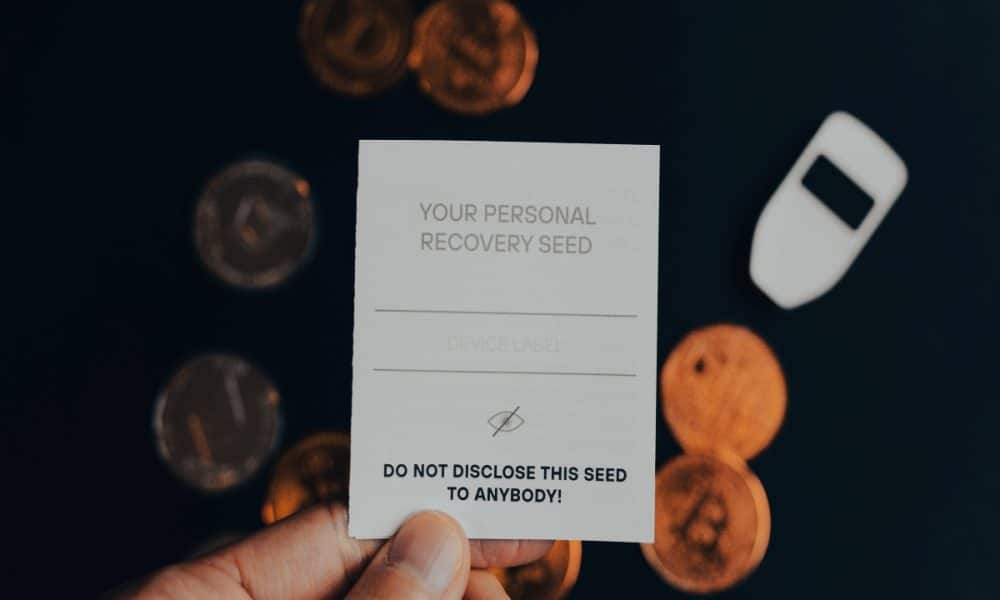Australia’s market regulator, the Australian Securities and Investments Commission (ASIC), has released a list of the top-10 ways to spot a cryptocurrency scam. The advisory came amidst a steep rise in crypto-related investment scams in the country this year.
The statement was published by the ASIC as a part of its Scams Awareness Week 2022, which will take place between 7 and 11 November.
Categories of crypto-scams and how to tackle them
The AISC puts crypto-related scams into three categories, which are –
- Investing in fake crypto apps, exchanges, or websites
- Using fake crypto tokens to facilitate money laundering activities
- Using cryptocurrency to make fraudulent payments
The top signs of a crypto-scam include “receiving an offer out of the blue,” “fake celebrity advertisements,” and being asked by a “romantic partner you only know online” to send funds in crypto.
Moreover, the ASIC listed some other signs that one may not realize are fraudulent immediately. These include –
- Being asked to pay for financial services in cryptocurrency
- Being asked to pay more money to gain access to funds
- Being asked to withhold investment earnings “for tax purposes.”
- Being offered “free money” or “guaranteed” investment returns.
According to ASIC’s Deputy Chair Sarah Court,
“Australians lost more than $701 million to investment scams in 2021, up 135% from the previous year and these scams are continuing to increase. The main driver of the increase was cryptocurrency investment scams, where losses increased by 270%. The ACCC have advised that losses to crypto scams have increased further in 2022.”
The Australian Competition & Consumer Commission (ACCC) mentioned that combined losses from scams this year might reach $4 billion, a number that is already significantly higher than 2021.
The ASIC also asked individuals who have been scammed to not delay action and report the incident to the concerned bank or financial institution immediately. Users are expected to stay wary of unverified applications not listed on the Apple Store or the Google Play Store.


